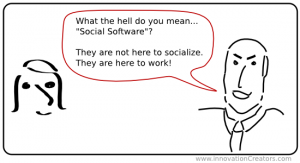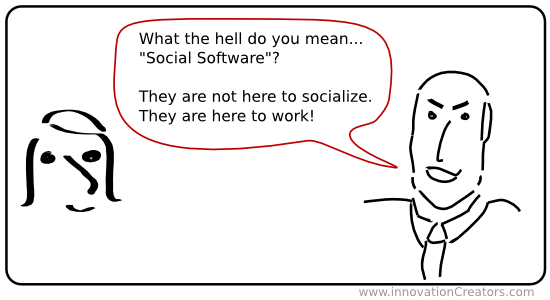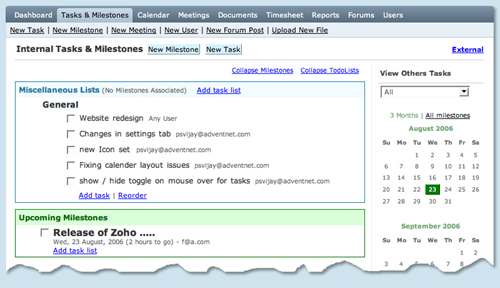![]() Wow, this was a fast JUMP to $.
Wow, this was a fast JUMP to $. ![]()
Three months ago at the second Techdirt Greenhouse event I had a lot of fun co-moderating the Media discussion with Keith Teare. Prior to the discussion we saw a 5-minute presentation by JumpCut’s Byron Dumbrill, and I definitely wasn’t the only one who felt blown away. As much as I am a fan of “moving to the Cloud“, I thought the last applications to stay on the PC are photo and especially video processing, due to the resource requirements. Most of us there were amazed to see how much video-editing 3-month-old Jumpcut could do all online…
Fast forward (pun intended) 3 months, and see Jumpcut being acquired buy Yahoo.
Congratulations to the Jumpcut Team! ![]()
Tags: Jumpcut, Yahoo, acquisition, startups, startup+exit, startup+acquisition, video+editing, online+video, online+video+editing






 In an ironic coincidence on the very day
In an ironic coincidence on the very day 
Recent Comments